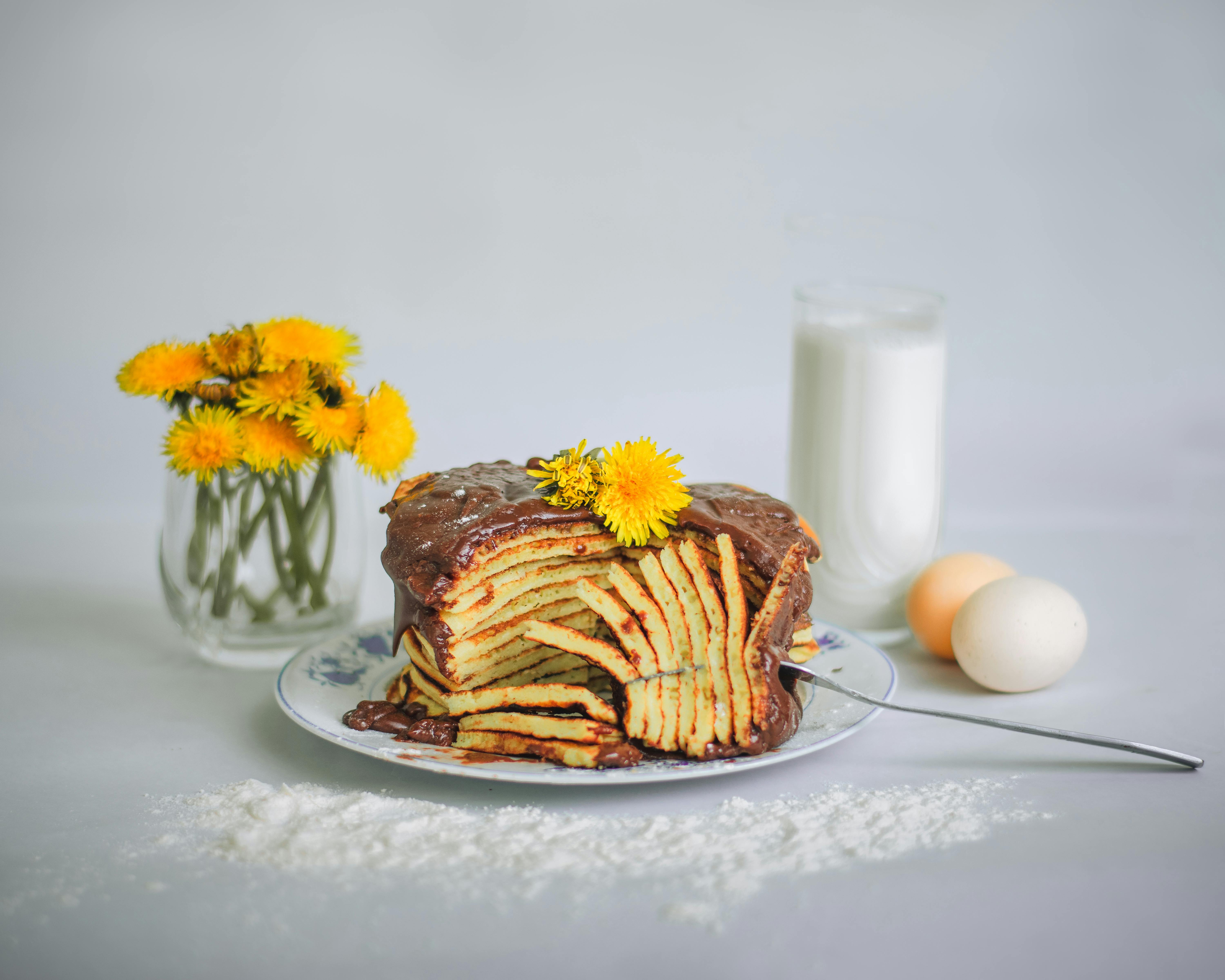How are fascia boards made? What are the components and materials used in production? And what are the strategies of manufacturing companies to meet the demands of their consumers? These boards that have been originated in their raw material will then go through a manufacturing process with the final result of a finished product ready for installation. Being familiar with the manufacturing process will help us learn and have a deeper understanding of these types of products.
Conventional fascia boards, as invented, are more easily made and are made from wood. The wood is then finished to predetermined dimensions using techniques known to the fabricator and skilled in the art. Desirable dimensions, such as 7mm, 9mm, 12mm, 16mm, and 22mm thick, are determined by the expert fabricator, knowing that these measurements were demanded by consumers and are commonly used because dimensions in home construction or the building itself depend on these available measurements and panel specifications. The wood used in accordance with the invention was one of the carefully selected woods commonly used in woodworking and building construction. Examples of these desirable woods are pine, oak, cherry, maple, ash, hickory, chestnut, beech, cherry, mahogany, rosewood, hickory, wenge, lace, and Walnut.
After the fascia boards are initially finished and polished by milling or other desirable finishing methods, a primer is applied to the fascia board. The purpose of the primer is to help the paint adhere adhesively when painting on the boards. Examples of primers were latex, epoxy, acrylic, high urethane, zinc, oil-based, and water-based. In the coating primer, one or two coats can be applied depending on its effect on the board. The form of coating may depend on the technique known to those skilled in the art. The techniques were rolling, spraying, dipping or brushing.
After the application of the primer to the fascia, the boards were painted. Examples of paints used were latex, acrylic, and oil-based. The paint can be white or any color, but common boards are white. Any paint application technique known to the skilled worker can be applied. Techniques will include spraying, rolling, dipping, or brushing. Painting and coating the complete primed fascia and finish the manufacturing process. The boards are now ready for setup and installation.
Fascia boards, using the latest technology, are in fact manufactured pre-primed and pre-painted. This will make it easy for consumers to install the boards without the hassle of priming and painting. Therefore, this saves energy and is also cost effective. The consumer’s role is to check which types of front panels are suitable for their needs and tastes. You must consider the theme of the house or building so that the fascia boards are a perfect tandem.

